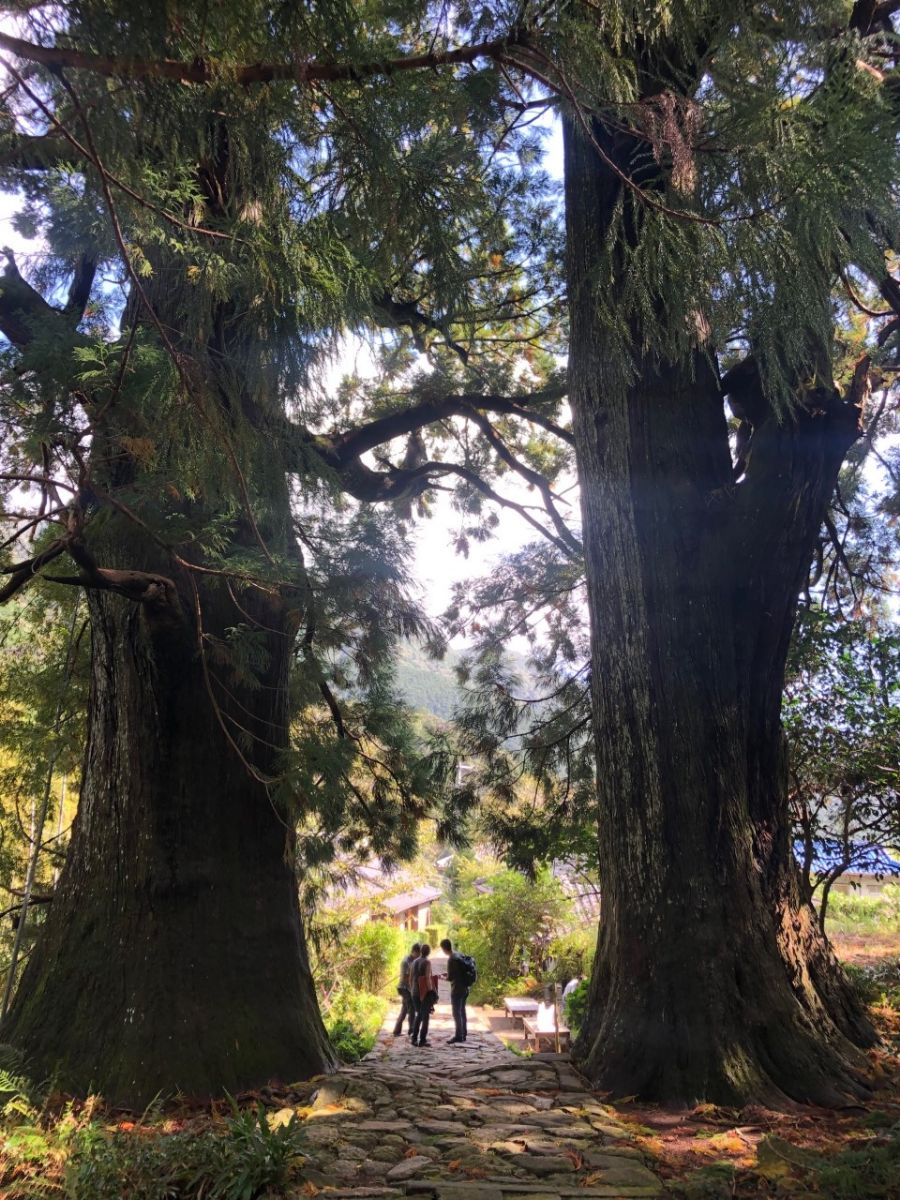Lycian Way
Key information: Lycian Way 
- The magnificent Lycian Way winds some 510km along Turkeys south-western coast.
- The ruins of Lycian, Greek and Roman cities litter the area. Enjoy spectacular views over the Mediterranean coast and the rugged, mountainous scenery.
- The path avoids the main tourist areas, and allows you to experience the natural beauty and welcoming locals of the Tekke Peninsula.
- Some dull sections, but they can be hopped across using local transport.
Walkopedia rating
- Walkopedia rating87
- Beauty31
- Natural interest14
- Human interest10
- Charisma32
- Negative points0
- Total rating87
Vital Statistics
- Length: 510km
- Optional
- Maximum Altitude: 1,800m ( (2,366m if you climb Mt. Olympos)
- Level of Difficulty: Variable

WALK SUMMARY
The Lycian Way, in the partly protected Tekke Peninsula in Turkeys south-west, has only relatively recently been created, mapped and marked, and was opened in 1999 as the first long-distance way-marked trail in Turkey, comprising some 509km of ancient roads, mule trails, and forest paths between Fethiye and Antalya. The Way was the brainchild of the remarkable Kate Clow, who researched, planned and way-marked it. Most of us will only be able to walk sections.
The huge variety of the trail is a particular delight: the high, lonely peaks of the Taurus Mountains southern flanks, to tough, rocky plateaus, to olive groves to meadows (revel in the wildflowers in spring), to wheatfields, to the coastal cliffs and long, glorious beaches of the Turquoise Coast. You will pass Greek and Roman remains temples, theatres and amphis, houses, whole cities, even this was a highly prosperous backwater for centuries Byzantine churches and towns, Genoese and Ottoman forts, medieval-feeling hamlets.
Highlights are endless, and include:
The climb of 2,366m Tahtali Dagu (Mount Olympos), an "alternative" section of the trail;
Patara (for the amphitheatre, aqueduct and other ruins of what was once a 20,000 strong Roman city, and for its 12km beach);
Ucagiz (for its harbour, sunken ruins, and a castle);
Goynuk (for a swim in the canyon);
On the east coast, the ruins of ancient Olympos and Phaselis, and the wild, beautiful Gelidonia Peninsula, with its lighthouse looking over islands and a graveyard of ancient ships; and you need to take a side-walk to The Chimaera if in the area.
The remote, rugged inland Baba Dagi massif;
Kas to Sura or Uchaz (Kate Clow?s favourite coastal stretch);
Mira to Finike, through cedar forest with fine views;
Lovely, (relatively) remote Butterfly Valley near Faralya is just off the trail itself but a particular favourite, and a day expedition if you want. Walk in down the spectacular cliffs from Faralya: not for those with vertigo. Great walking, and a fine beach - but you won't be alone when you get there.
The historical background and ruins of the area endlessly enhance the walk, as you follow in the footsteps of Alexander the Great through a parade of Mediterranean civilizations. The Lycian coastline came into historical focus in the Bronze Age, on the shipping routes between Greece and Egypt. The area was conquered by the Persians, then Alexander the Great, then, after a couple of hundred years of independence, the Romans; it flourished for centuries, then went into decline while part of the Byzantine Empire, as central weakness and Arab raids turned the area into an impoverished backwater.
Although the Lycians absorbed many aspects of Greek and then Roman culture, they had an individual style (synthesized over time, with Persian, Greek, Roman, Byzantine and Turkish influences) which permeates their art and architecture; this fascinating trail leads its followers past many of their remote archaeological sites, as Lycian graves and ruins are scattered all over the peninsula.
Captivating history and culture aside, the Lycian Way has much to offer: the natural beauty of Turkey without tourist crowds, as the track winds through forest, along beaches, up mountains and past small bays, usually with glorious views of the Mediterranean and the surrounding landscape. The folded, eroded limestone peninsula contains excitingly changeable landscape, from peaks and ridges, to pockets of high pasture, to gorges, to lovely varied forest and farmland in the lower reaches. Animal life is not its strongest point as a result of fairly unregulated hunting, but is interesting nonetheless, with a variety of birds. The spring wildflowers are gorgeous.
The trail also gives a fascinating insight into contemporary rural Turkey, and introduces hikers to the friendliness of the local villagers, in whose houses it is often possible to stay. Accommodation is more likely to be small, characterful hotels, which are almost all run, in our experience, by charming and helpful people.
It is difficult to find problems with this walk, although you need to be reasonably fit. There are some dull (dreary, even) sections of polytunnels and towns, but they can be skipped over using local buses or taxis. Having a firm to anticipate and leapfrog you across those to the next good bit has real advantages.
The walking, although not inherently difficult, can be tiring as a result of the heat and sea-humidity in much of the year: a rest day or two is as a result a welcome delight. Explore ruins, take a boat (gullit) out for the day; swim and snorkel; and just hang out in lovely, tranquil spots.
It will take you up to four weeks to walk the entire route, although most people walk shorter sections, usually (but by no means always) supported by a company that moves their luggage between stops, or even guides them along. A lot of this trail can be walked as day walks.
On the western parts of the trail, accommodation is easy to come by, ranging from small hotels to rooms in houses, often in atmospheric settings. Further east, it is less plentiful in some places and you will need to camp some of the time.
Marvellous as it is, the Lycian Way is overhyped on the basis of a Sunday Times article including it in the worlds top 10 walks. They haven't travelled.
WILLIAM MACKESY'S ACCOUNT
of this walk
Journey-excitement, poor sleep and a 3am get-up made for dopey travel and a very early bed last night. We are now up, hugely breakfasted and ready to march on the porch of our ”atmospheric” if dimly lit hotel on a high ridge back from the Lycian Mediterranean. Bright sunlight and huge views down a gorge to the distant sea heighten our anticipation.
We will be winding southward along the eastern.....
READ MOREOther accounts: share your experiences
Your comments on this walk, your experiences and suggestions, and your photos are very welcome. Where appropriate, you will be credited for your contribution.

We have a lot of helpful practical information and tips about this walk, covering everything from the best books and maps, to timing and weather, geting there, possible problems, whether you need a guide and where to find them, and useful websites. This section is only open to members.
Membership is FREE AND JOINING TAKES 30 SECONDS. To login or sign up click here
Safety and problems: All walks have inherent risks and potential problems, and many of the walks featured on this website involve significant risks, dangers and problems. Problems of any sort can arise on any walk. This website does not purport to identify any (or all) actual or potential risks, dangers and problems that may relate to any particular walk.
Any person who is considering undertaking this walk should do careful research and make their own assessment of the risks, dangers and possible problems involved. They should also go to “Important information” for further important information.
Anyone planning an expedition to this place should see further important information about this walk.
Safety and problems: All walks have inherent risks and potential problems, and many of the walks featured on this website involve significant risks, dangers and problems. Problems of any sort can arise on any walk. This website does not purport to identify any (or all) actual or potential risks, dangers and problems that may relate to any particular walk.
Any person who is considering undertaking this walk should do careful research and make their own assessment of the risks, dangers and possible problems involved. They should also go to “Important information” for further important information.
COMMUNITY COMMENTS AND PHOTOS
Name: Administrator
Posted on: 08/12/2014
Name: smalltrek
Posted on: 23/04/2015
Your write up has plenty of great information and links. It would also benefit from a link to http://trekopedia.com/?page_id=471 A free wiki completely dedicated to the Lycian Way trek itself. Route Sections, Communities, Accommodations, Attractions, Services, Points of Interest, Resources/Links, and gps tracks.
Name: Map
Posted on: 13/09/2015
Lycia West Hiking Map (http://www.map-site.de/onlineshop/Hiking-trekking-maps/Lycia-West-Hiking-Map-1-50-000-Martin-Hoepke::18.html) Lycia East Hiking Map (http://www.map-site.de/onlineshop/Hiking-trekking-maps/Lycia-East-Hiking-Map-1-50-000-Martin-Hoepke::19.html) (Also available over several bookstores and Amazon.de/Amazon.co.uk I'am the publisher of the maps.

OTHER ACCOUNTS
share your experiences
Add your experiences, suggestions and photos. We would be delighted to receive your writing and ideas (which will be attributed appropriately where published).
Anyone planning an expedition to this place should see further important information about this walk.

Responsible travel matters, a lot. How you travel will make a real difference - for better or worse. PLEASE consider this when making plans. Read more
















































